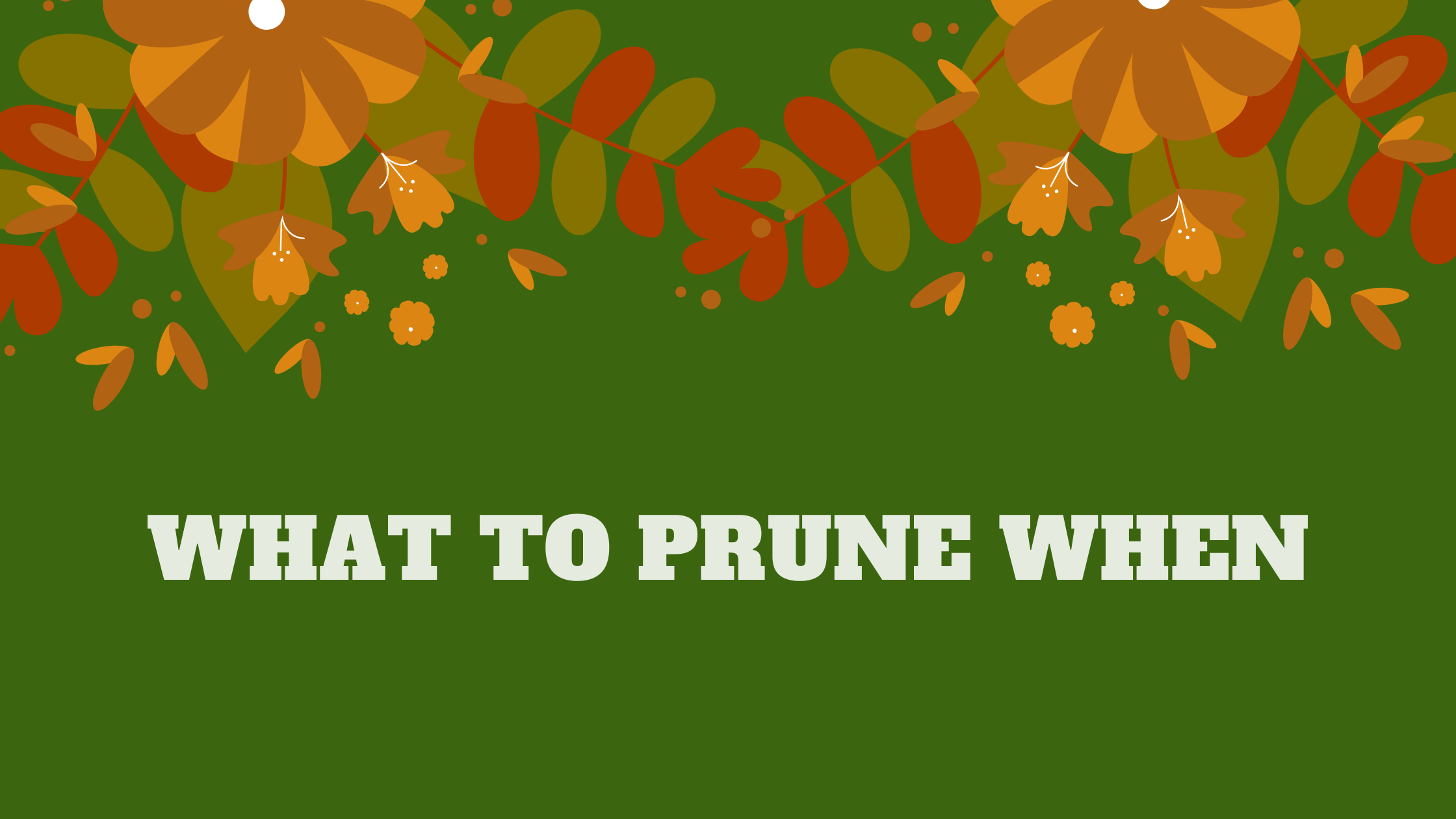
Pruning Season
In Trees and Shrubs, it’s important to prune dead, diseased, or damaged branches at timely intervals to create healthy blooms. Ideally, pruning cuts should not exceed 25% of the tree’s canopy and should be made with a sharp pruning tool.
Early Spring Bloomers – Prune May – July
When temperatures start to warm up in the spring, these types of trees and shrubs make flowers called “old wood.” They were created in the prior growing season and go into dormancy before blooming the following spring. In the case of rejuvenating a plant, you’ll want to minimize the effect on the shrub’s health by cutting it down to the ground in the winter. The plant will rebound after a year if you miss a growing season.
Azalea
Camellia
Cherry (flowering)
Forsythia
Hydrangea (early blooming varieties)
Lilac
Magnolia
Pyracantha
Quince
Rhododendron
Serviceberry
Spirea (early blooming varieties)
Viburnum
Weigela
Witchhazel
Late Spring Bloomers – Prune Nov – Feb
Pruning this group of trees and shrubs is more flexible. Late winter and early spring are good times to prune these late blooming plants. Pruning them after flowering can be beneficial as well.
Abelia
Beautyberry
Butterfly bush (this should be pruned back hard – close to the ground is good)
Cotoneaster
Gardenia
Hibiscus, Rose-of-Sharon
Most hydrangeas, especially paniculate (although most hydrangeas do not need much pruning)
Wisteria (you’ll also need to prune it in the summer)
When do you prune Evergreens? Nov – Feb
The best time to prune your non-coniferous evergreens (such as boxwoods and hollies) are in the dormant season.
Boxwood
Holly (don’t prune hollies during the growing season)
Live Oak
Southern Magnolia
What should be pruned in the Summer?
Pruning trees and shrubs is best done in late winter to early spring. Nevertheless, some Trees and Shrubs will benefit from Summer pruning. The removal of suckers and waterspouts from fruit trees is beneficial. Additionally, reducing the canopy of trees will increase air flow and circulation, which will reduce the development of fungi and diseases. Trees can also be shaped and improved at this time of year if needed.
Dreamlawns provides superior lawn care service to Virginia Beach & Chesapeake VA residents.




